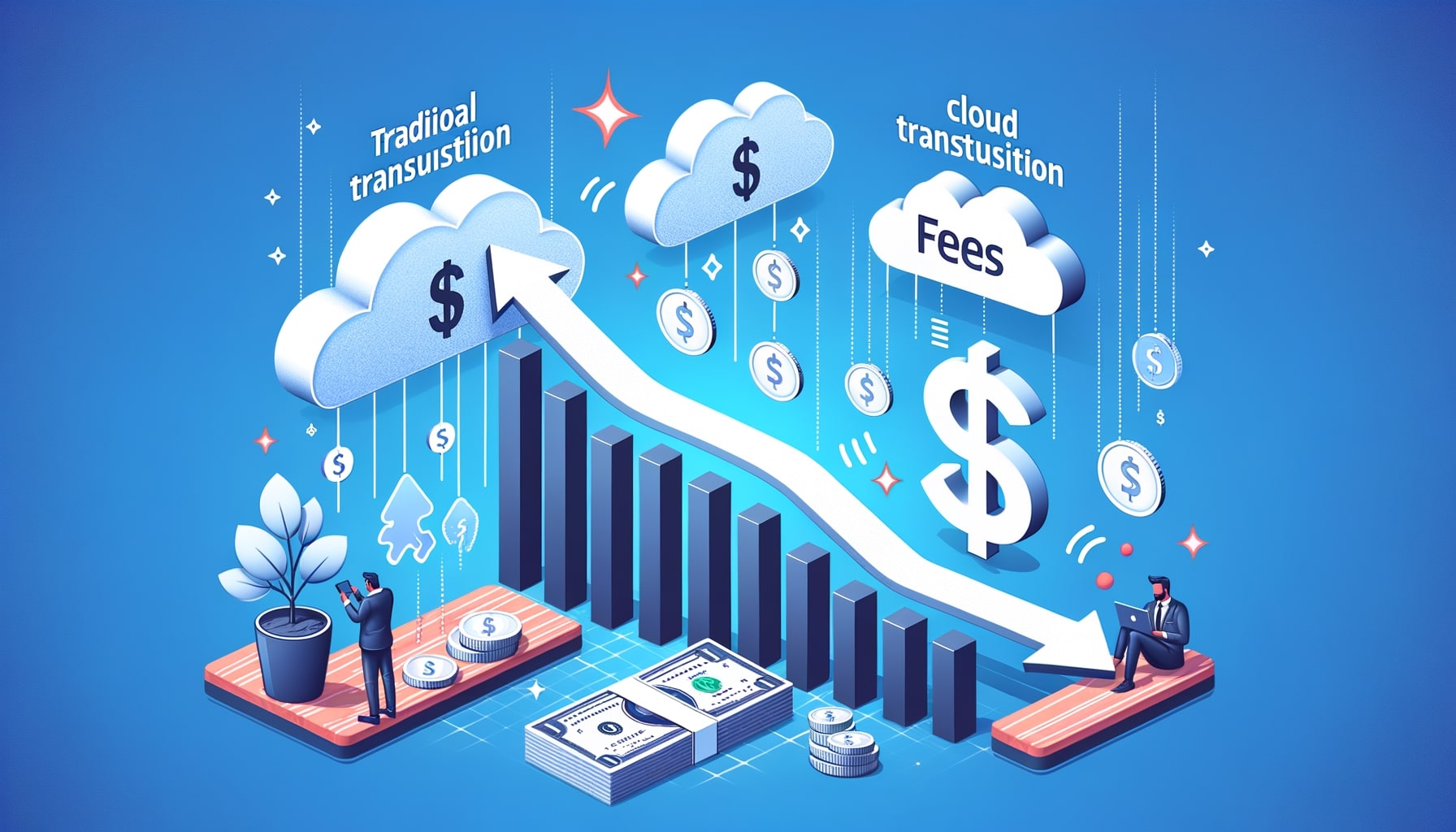What is CVV Number or CVV Code in Credit Card
In today’s digital age, credit card transactions have become an integral part of our daily lives. Whether it’s shopping online, paying bills, or booking flights, credit cards have made our lives more convenient. However, with the increasing prevalence of online fraud and identity theft, it has become crucial to have robust security measures in place to protect our financial information. One such security feature is the CVV number or CVV code, which plays a vital role in ensuring the safety of credit card transactions.
In this article, we will delve into the world of CVV numbers, exploring what they are, their importance, how they work, and how to protect them from fraud.
What does CVV stand for?
CVV stands for Card Verification Value. It is a three or four-digit number that is typically found on the back of a credit card. The CVV code is an additional layer of security that helps verify the authenticity of a credit card during online or card-not-present transactions. It acts as a safeguard against unauthorized use of the card and provides an extra level of protection for both the cardholder and the merchant.
Importance of CVV in Credit Card Transactions
The CVV number plays a crucial role in ensuring the security of credit card transactions. It acts as a verification tool, confirming that the person making the transaction has physical possession of the card. Without the CVV code, it becomes significantly more challenging for fraudsters to use stolen credit card information for unauthorized purchases.
When a merchant requests the CVV number during an online transaction, it helps verify that the person making the purchase is the legitimate cardholder. This verification process adds an extra layer of security, reducing the risk of fraudulent transactions. By requiring the CVV code, merchants can ensure that the cardholder is physically present and has access to the card, making it more difficult for fraudsters to use stolen card details.
How does CVV work?
The CVV number is generated using a specific algorithm that combines various elements of the credit card, such as the card number, expiration date, and a secret key known only to the card issuer. This algorithm ensures that each CVV code is unique and cannot be easily guessed or replicated.
During an online transaction, the CVV number is transmitted securely to the merchant’s payment gateway. The merchant then sends the CVV code to the card issuer for verification. The card issuer checks the CVV number against its records and confirms whether it matches the information associated with the card. If the CVV number is correct, the transaction is approved, and the payment is processed. If the CVV code is incorrect or missing, the transaction may be declined or flagged for further verification.
Different Types of CVV Codes
There are three main types of CVV codes: CVV1, CVV2, and CVV3. Each type serves a different purpose and is used in different contexts.
- CVV1: CVV1 is encoded in the magnetic stripe of a credit card and is used for in-person transactions where the card is physically swiped or inserted into a card reader. It is not printed on the card and cannot be obtained by simply looking at the card. CVV1 helps verify that the card is genuine and has not been tampered with.
- CVV2: CVV2 is the most common type of CVV code and is printed on the back of a credit card, usually in the signature panel. It is used for online transactions where the card is not physically present. CVV2 provides an additional layer of security by verifying that the person making the transaction has the card in their possession.
- CVV3: CVV3 is a relatively new type of CVV code that is used for card-not-present transactions, such as online purchases made through a mobile app or over the phone. CVV3 is generated dynamically for each transaction and is sent directly to the cardholder’s mobile device. It expires after a short period, adding an extra layer of security to the transaction.
Where to find the CVV number on a credit card?
The location of the CVV number on a credit card depends on the card issuer and the type of card. For most credit cards, the CVV code is printed on the back of the card, usually in the signature panel. It is a three-digit number located after the last four digits of the card number. However, some card issuers, such as American Express, place the CVV number on the front of the card, above the cardholder’s name. It is a four-digit number in this case.
It is important to note that the CVV number is not embossed or raised on the card like the card number and expiration date. It is printed flat on the card, making it difficult for fraudsters to obtain the CVV code by simply feeling the card.
Is CVV the same as PIN?
No, the CVV number is not the same as the PIN (Personal Identification Number) used for ATM transactions. The PIN is a four or six-digit code that is used to authenticate the cardholder during in-person transactions, such as withdrawing cash from an ATM or making a purchase at a point-of-sale terminal. The PIN is entered by the cardholder using a keypad or touchscreen device.
On the other hand, the CVV number is used for online or card-not-present transactions and is not entered by the cardholder during the transaction. It is only required to be provided to the merchant during the payment process to verify the authenticity of the card.
How to protect your CVV from fraud?
Protecting your CVV number is crucial to prevent unauthorized use of your credit card. Here are some essential tips to keep your CVV secure:
- Memorize your CVV: Avoid writing down your CVV code or storing it in an easily accessible location. Memorize the number and destroy any physical records that may contain it.
- Be cautious with sharing: Never share your CVV number with anyone, including friends, family, or customer service representatives. Legitimate organizations will never ask for your CVV code over the phone or via email.
- Secure online transactions: When making online purchases, ensure that the website is secure and reputable. Look for the padlock symbol in the browser’s address bar and check that the website’s URL starts with “https://” instead of “http://”. These indicators signify that the website has implemented encryption protocols to protect your data.
- Use secure networks: Avoid entering your CVV number on public Wi-Fi networks or unsecured websites. These networks can be easily compromised, allowing hackers to intercept your data.
- Regularly monitor your statements: Keep a close eye on your credit card statements and report any suspicious transactions to your card issuer immediately. Promptly reporting fraudulent activity can help minimize the damage and protect your financial information.
Frequently Asked Questions about CVV
Q.1: What is the purpose of the CVV number?
The CVV number is an additional security measure that helps verify the authenticity of a credit card during online or card-not-present transactions. It acts as a safeguard against unauthorized use of the card and provides an extra level of protection for both the cardholder and the merchant.
Q.2: Can someone steal my credit card information with just the CVV number?
While the CVV code adds an extra layer of security, it is not sufficient on its own to steal someone’s credit card information. Fraudsters would typically need additional information, such as the cardholder’s name, card number, and expiration date, to carry out unauthorized transactions.
Q.3: Can I change my CVV number?
No, you cannot change your CVV number. The CVV code is generated by the card issuer and is unique to each card. It cannot be modified or altered by the cardholder.
Q.4: Can I use a credit card without a CVV number?
In most cases, a CVV number is required to complete online or card-not-present transactions. However, some merchants may allow you to proceed with the transaction even if the CVV code is missing or incorrect. It is important to note that providing the CVV number adds an extra layer of security and reduces the risk of fraudulent transactions.
Conclusion
In conclusion, the CVV number or CVV code is a crucial security feature that helps protect credit card transactions from unauthorized use and fraud. It acts as a verification tool, confirming that the person making the transaction has physical possession of the card. By requiring the CVV number, merchants can ensure that the cardholder is present and has access to the card, making it more difficult for fraudsters to use stolen card details.
It is essential for cardholders to understand the importance of protecting their CVV number and following best practices to prevent fraud. Memorizing the CVV number, being cautious with sharing it, and using secure online networks are some of the key steps to safeguarding this vital piece of information.
As technology continues to advance, so do the methods used by fraudsters to exploit vulnerabilities in credit card transactions. It is crucial for both cardholders and merchants to stay vigilant and adopt robust security measures to protect against unauthorized use and fraud. By understanding the significance of the CVV number and implementing best practices, we can ensure safer and more secure credit card transactions for everyone involved.










